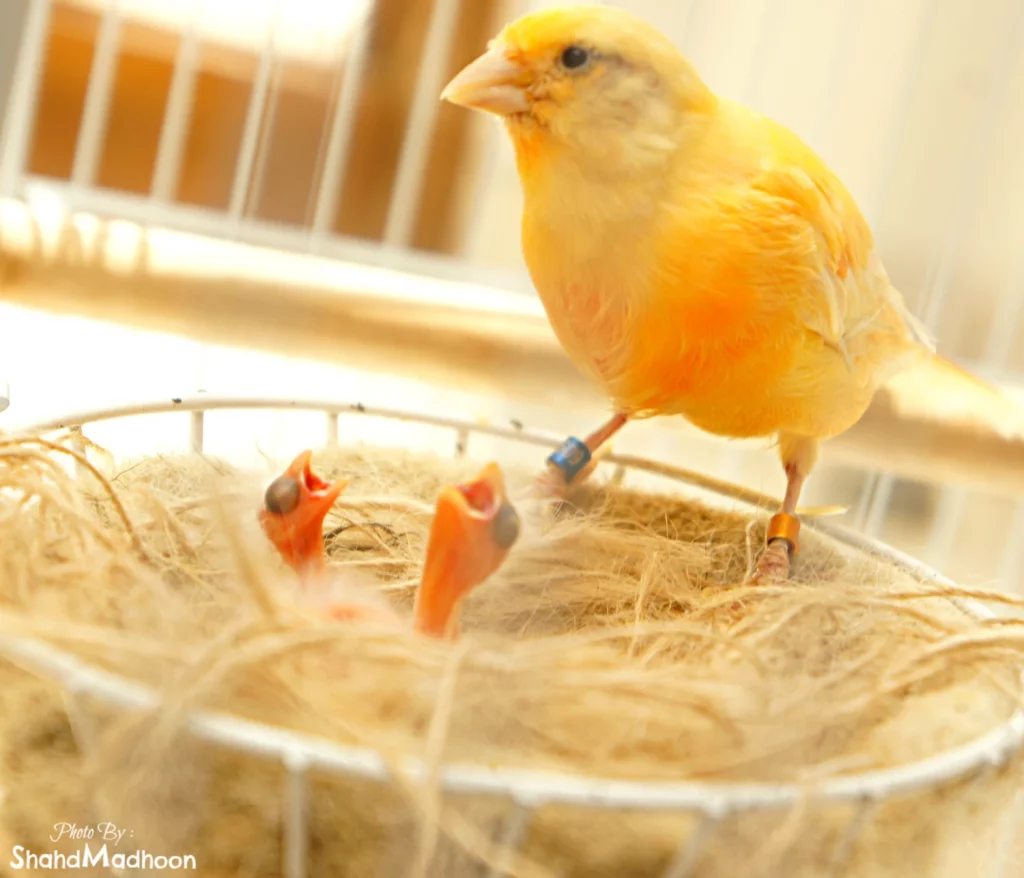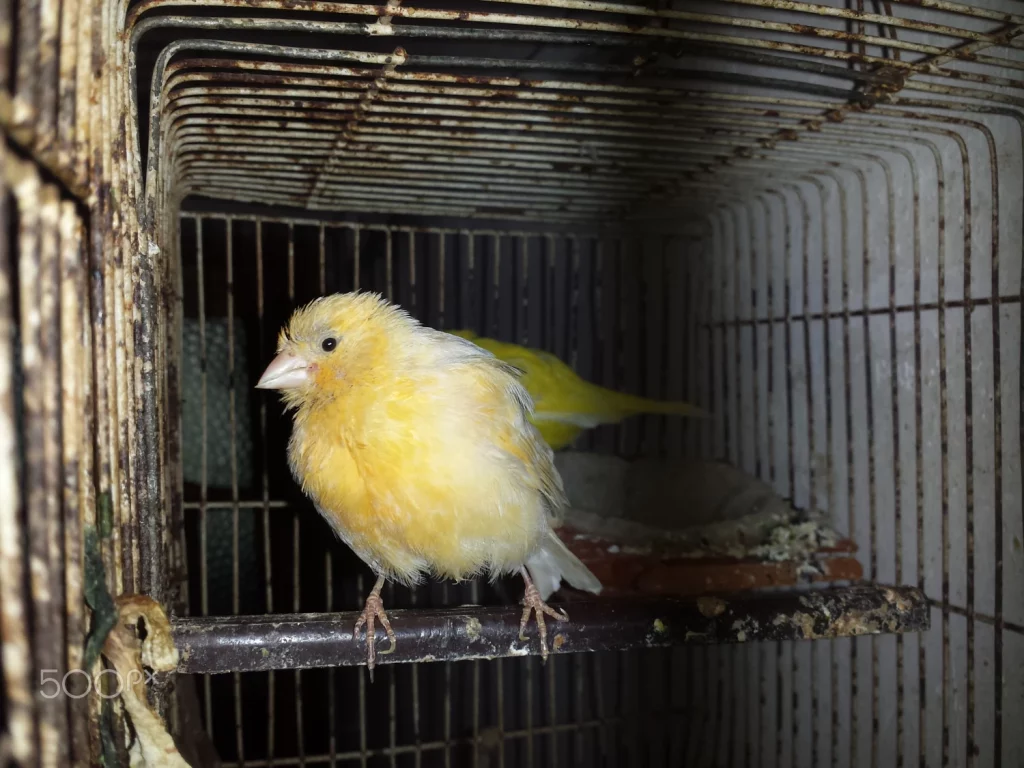Facts About Canaries

The canary is a bird that has become a popular pet due to its brightly colored feathers and melodious songs. These birds are descended from finches that hail from the Canary Islands and Madeira Island. They have been bred for so long that they are now considered their own subspecies, Serinus canaria domesticus.
Origin
Today, there are tens of millions of canaries kept in households around the world. These sunny yellow songbirds became so popular because of their ease to breed, a large gene pool that allows for a wide range of shapes and colors, and their charming songs.
Canaries come from the finch family, and they originated in the Canary Islands – a chain of islands in the Atlantic Ocean off West Africa. They then made their way to Europe and North America.
In the 16th century, Canaries were first bred in captivity. They were brought to Europe by Spanish sailors, and they were placed into breeding programs by monks. Initially, monks bred only the males of the species, as they were considered to be the best singers.
By the 19th century, Canary peddlers from Germany were selling them all over the world. During this time, people also discovered that the birds could detect carbon monoxide in air, and were employed as an early warning system for coal mines. However, this was very dangerous for the birds.

Habitat
As pet birds, canaries are very popular. They are a delight to watch and listen to, especially when they are singing. They can also be quite useful as sex detectors, as they are known to produce different sounds depending on whether they are male or female.
Canaries are members of the finch family, Fringillidae. Their wild habitat includes forests, open areas and orchards. They also nest in bushes and trees.
In the wild, canaries feed on grass seeds and weeds. They also eat berries, fruits and insects. Canaries are gregarious birds that live together in pairs and defend their territory. They sing throughout the year and can produce melodious songs composed of whistles, trills and twitters.
Some canaries are so enamoured of their singing that they compete in specialized championships hosted by bird clubs around the world. A healthy canary has a life expectancy of up to 15 years, though caged birds usually live much longer.

Breeding
Canaries are bred for color and their beautiful singing voices. A well cared for canary may live up to 10 years.
Male canaries sing to attract a female mate or mark their territory. They also sing to release stress hormones and to stay healthy. Their singing tends to decline when their testosterone levels drop or when they are going through a moulting period which can last up to six weeks.
Female canaries usually only chirp. During breeding season, a hen’s vent area will be red and swollen as she prepares to lay eggs. She will also start to tear paper and squat down. This is a good sign that she is ready to breed.
To improve a female’s fertility and increase hatchability, her food should be improved from the middle of January. She should be fed a diet of soft foods like soak seed, egg food and fresh produce. She should also be kept in a separate flight with her non-breeding companions.

Care
Canaries have a long lifespan and make good pets, especially for people with allergies to other animals. They can live ten years or more in captivity if well cared for and provided with a safe, comfortable environment and nutritious diet.
A canary’s cage should be placed in a place that is away from drafts and noises such as a television or kitchen. It should be equipped with a shady perch and a large, clean food and water dish. It is important that these dishes are kept free of the bird’s droppings, since diseases can be spread this way.
It is also important to know that canaries do not enjoy being handled and prefer a solitary life. They can be given toys to play with but these should not obstruct the birds’ ability to move freely.
As with all finches, canaries are very territorial and therefore should not be housed together. Males can be quite aggressive towards females, so unless you intend to breed them it is best to keep one male and one female in the same cage, except during breeding season.



